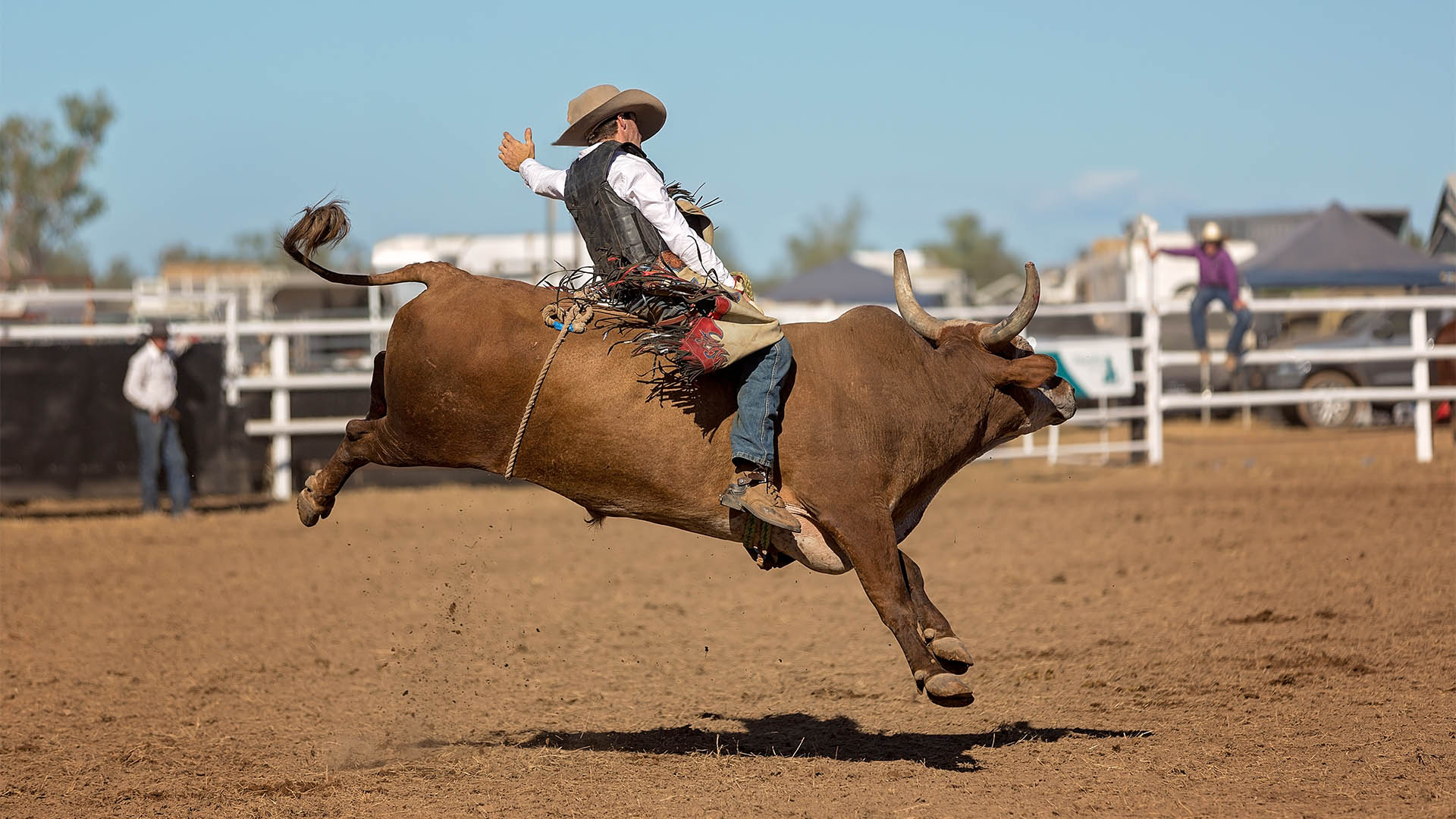Anyone who claims to be able to see any good in the June Labour Force report and the highest level of unemployment for 22 years, is kidding themselves.
Australia’s June unemployment rate jumped to a level last seen in 1998s even though the number of people employed grew by more than expected as more people returned to jobs they had previously been stood down from.
The unemployment rate rose to 7.4% in June, from 7.1% in May – the highest since November 1998, according to figures from the Australian Bureau of Statistics (ABS).
The participation rate increased by 1.3 percentage points to 64%, still well below the 66% seen in January and February, before the pandemic hit. The unemployment rate has risen 2.3 percentage points since February.
The rise in the jobless rate came as employment rose by 210,800 in June following the falls in April and May.
That was almost double the 112,000 forecast by some economists.
The bureau said 992,000 Australians were now formally unemployed, the highest number recorded since the introduction of monthly unemployment figures in 1978. It was a 69,300 increase on the number in May.
Total employment rose by 210,800 to 12.3 million. However, full-time employment dropped by 38,100 people to under 8.5 million. The rise means that all the new jobs were part-time – in reality, old positions being refilled by staff previously laid off. That is not jobs growth.
Under-employment improved by 1.4 percentage points to 11.7%, with the ABS reporting that more full-time workers were now getting their regular hours.
The bureau’s head of labour statistics, Bjorn Jarvis, said the easing of coronavirus restrictions had resulted in more people in employment or more actively looking for work.
“Overall, the percentage of people employed in Australia increased 1 percentage point to 59.2 per cent, up from a low of 58.2 per cent in May,” he said. “In June, around 24 per cent of the fall in employment through to May had been regained.”
Among the states and territories, the jobless rate is now highest in South Australia, where it has climbed to 8.8%. It is at 8.7% in Western Australia, the highest level there since 1994 (and despite the continuing boom in mining exports such as iron ore).
The jobless rate in NSW rose to 6.9%, a half percentage point lift in the month, to reach its highest point since November 1998.
In Victoria, the jobless rate jumped by 0.6 percentage points to 7.5%. It is also its highest level since November 1998.
How anyone can see a 22 year high as being ‘good news’ is beyond understanding. It took from nearly a decade – from November 1998 until August 2008 – for the unemployment rate to hit the lowest level since the recession of the early 90’s of 4.0% (which it also did in January 2008) That was on the eve of the GFC which erupted in September 2008.
Because of the much-derided $42 billion cash splash from the Rudd Government, big rate cuts from the Reserve Bank, the guaranteeing of bank debt for three years and the $250,000 deposit guarantee for banks (which remains in place today), unemployment never reached the levels it has reached in May and June this year of 7.1% and 7.0%.
The post-GFC high for the unemployment rate was 5.9% in June 2009 – 9 months after the collapse in Lehman Brothers in September 2015 triggered the collapse. Using that as a yardstick, the jobless rate this time could very well rise to a peak in December 9 months from the start of the lockdowns in March.













